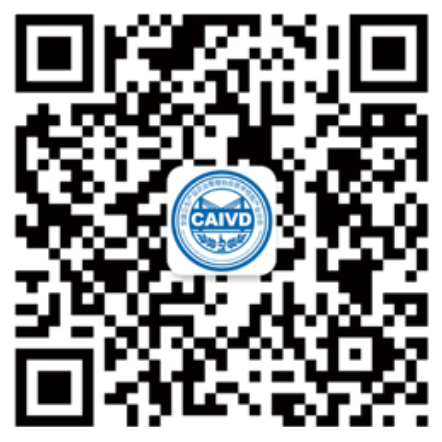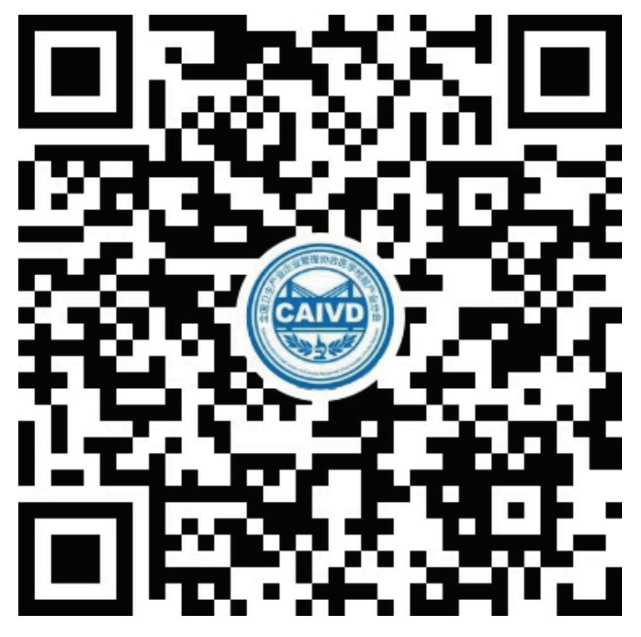
Seven Habits of Celgene¡¯s Highly Successful Strategy
2015/12/24 9:54:15 Views£º1729Over the past seven years, Celgene has emerged as one of the most active and creative deal-makers in the biopharma industry.
Using my descriptors, not their’s (in case they don’t like them), here are the “seven habits”, or more aptly just attributes, of Celgene’s highly successful external R&D strategy, spanning their unique leadership context and unusual culture:
1.Exhibiting more David, less Goliath
Immediately prior to taking on their current roles at Celgene, both Tom and George were executives in small venture-backed biotech companies. Tom was the founding CSO at Ambrx, and George was the CEO of Nabriva Therapeutics. Both of these experiences, and a set of biotech roles earlier in their careers, helped shape their appreciation for (and empathy with) the biotech executives that sit across from them. They know what its like to manage Boards, handle demanding investors, stress about cash runways, and all the other fun elements of running small companies; they’ve been on the other side of the table. Very few large $90B+ market cap companies have a biotech-experienced head of R&D or BD, let alone both roles simultaneously. In short, they understand and embrace what its like to be biotech (David) navigating a deal with Big BioPharma (Goliath), and that experiential difference manifests in how Celgene approaches its potential partners.
2.Starting with a clean sheet of paper
A decade ago Celgene had no real legacy organizational constraints. It had a very small physical R&D footprint, and as the chart above shows, its deal activity was relatively anemic. With the success of the IMiD franchise in the mid-2000s, they increasingly had the financial wherewithal to expand – yet, they resisted the urge to build extensively inside of Celgene and instead adopted a model of external R&D with distributed set of partnerships. In balance with a small, focused and productive internal research organization, Tom set up a dedicated External R&D function, which Peter Worland led very successfully. With each new deal, the virtuous cycle amplified the perception of success, leading to more deals, more activity, and even broader R&D reach. Today they have a distributed research model, including one of the most extensive and innovative external R&D portfolios in the industry with a broad range of significant product rights. All of this was built without the encumbrances and burdens of a huge legacy installed base of R&D campuses, physical and depreciating infrastructure, and armies of internal scientists; this difference in “starting” context has allowed Celgene to move with the agility and creativity that few larger players have.
3.Embracing risk, empowerment, and trust
Celgene’s philosophy towards deal-making involves taking risk around great science, empowering their partners to know what’s best, and trusting in great management teams to do the right thing. This has largely led to a model where large upfront payments help to financially support their partners, while a more arms-length governance model leaves decision-making and control with the biotech itself. Prior to Agios, the first of Celgene’s deals of this type, this deal configuration was very uncommon in the industry. Celgene has now replicated this or various permutations of it across a broad range of transactions – be they collaborations, licenses, or built-to-buy structured M&A deals. Fundamentally, it all comes down to great science and a lot of trust, which has worked well for them.
4.Governing with unconventional out-of-the-box leadership
Celgene’s senior leadership and Board have been exceptionally supportive of this external R&D strategy and the financial flexibility it required. CEO Bob Hugin and a trifecta of CFOs (David Gryska 2006-2010, Jacqualyn Fouse 2010-2014, and Peter Kellogg 2014-today) have been critically important catalysts for enabling Celgene’s external R&D strategy and deal-making activity. They endorsed and indeed encouraged the unorthodox deal structure described above, and in doing so gave George and Tom the ability to experiment with and push the external R&D model in new directions.
5.Inverting and resizing the talent model
Celgene has a small tight-knit group of deal-makers in their BD organization – in the neighborhood of six professionals dedicated to doing deals. This is a tiny fraction of the size of most BD organizations with similar deal-making activity; most of Big BioPharma have rooms full of BD people. Beyond the striking scale differences, Celgene also has different staffing model. In many organizations, BD is frequently a place where scientists go mid-career to become scouts first and eventually deal-doers. At Celgene, it’s a place for dynamic young people with super high-energy and enormous potential. This changes the tone and tenor of the group, as they don’t have pre-existing perspectives of “the only way you do a deal is XYZ”. This also probably drops the average age of their BD organization by 1-2 decades relative to most of Big Pharma. The idea is these young high potentials come to Celgene, do some great deals, and then move throughout the organization. BD becomes a portal to access some of the best-and-brightest 25-35 year olds. Interestingly, many of these stars have found their way recently into executive roles in a new crop of biotech startups.
6.Learning at every opportunity
Celgene has a small tight-knit group of deal-makers in their BD organization – in the neighborhood of six professionals dedicated to doing deals. This is a tiny fraction of the size of most BD organizations with similar deal-making activity; most of Big BioPharma have rooms full of BD people. Beyond the striking scale differences, Celgene also has different staffing model. In many organizations, BD is frequently a place where scientists go mid-career to become scouts first and eventually deal-doers. At Celgene, it’s a place for dynamic young people with super high-energy and enormous potential. This changes the tone and tenor of the group, as they don’t have pre-existing perspectives of “the only way you do a deal is XYZ”. This also probably drops the average age of their BD organization by 1-2 decades relative to most of Big Pharma. The idea is these young high potentials come to Celgene, do some great deals, and then move throughout the organization. BD becomes a portal to access some of the best-and-brightest 25-35 year olds. Interestingly, many of these stars have found their way recently into executive roles in a new crop of biotech startups.
7.Living better through (personal) chemistry
Saving the most important for last – like all things, the “special sauce” is about the people and relationships. The personal chemistry between Tom and George is impressive to watch. They talk every day, and they finish each others’ sentences like a married couple might. And amazingly, they actually really do like each other, respect each other, and don’t feel they have to compete with each other. In the politics of big organizations, its unusual to have a Head of R&D and Head of BD that aren’t competing for budget, prestige, or promotion in some shape or form. That really doesn’t appear to be the case at Celgene.

- CAIVD WeChat
Subscription Account

- CAIVD WeChat
Channels
China Association of In-vitro Diagnostics
Part of the information in our website is from the internet.
If by any chance it violates your rights, please contact us.

